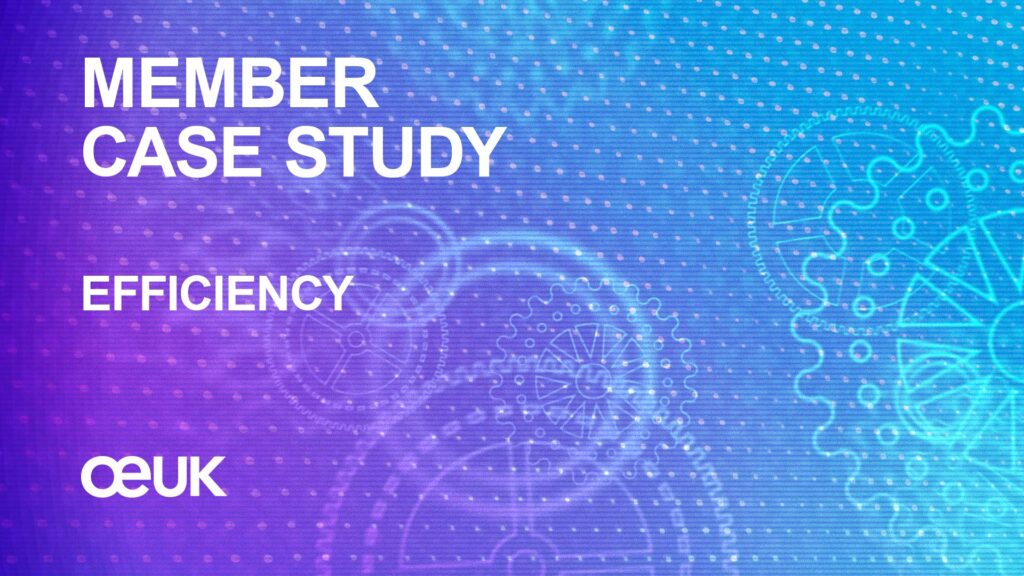Impact
The Maersk Oil team adapted an existing inspection technique forecast to produce cost savings in excess of 80% over the next five years as well as a considerable reduction in the duration of the activity.
Description of Best Practice
In order to scan the flexible hoses on the Gryphon Alpha’s turret, Maersk Oil previously used radiography, a technique which uses gamma radiation to capture an image onto a film. This technique is widely used throughout the industry but isn’t without issue:
- Radiography could not be carried out in the direction of the asset’s nucleonic detectors as this will trip the vessel’s High Integrity Pressure Protection System (HIPPS), causing an unplanned production outage.
- The entire turret area has to be shut off to personnel during scanning as radiography poses a significant danger to health. This prevents routine operations from taking place in the vicinity.
- Radiography was carried out over nine months of the year but this only achieved around 50% of the required work.
Maersk Oil engaged with Innospection, innovative inspection specialists, to investigate alternative inspection techniques, with a goal to reduce personnel exposure to ionising radiations, spurious plant upsets and identify possible cost reduction.
It was discovered that Innospection already used Saturation Low Frequency Eddy Current (SLOFEC), an electromagnetic technique, on subsea risers. The current method was employed on a much larger scale than required, so teams worked to figure out how the technique could be adapted for topsides. A bespoke tool (MEC-P7), small enough to work successfully with the flexible hoses on Gryphon, was developed and tested onshore; an old section of a flexible hose was intentionally damaged to see if the tool picked up the discrepancy. It did. Overall, around six months was spent developing the tool and validating the technique.
The MEC tool was then trialled offshore on the Gryphon Alpha FPSO where it scanned all of the 6” flexible hoses, around 40% of the turret system in just two weeks, providing better coverage whilst delivering required image quality.
It’s estimated that the use of the MEC technique will deliver cost savings in excess of 80% over the next five years as just two fortnightly trips per year are now required. The tool has also eradicated the risk radiation posed to personnel and the risk of unplanned outages.
Contact: Danielle O’Donnell
[email protected]
Share this article

